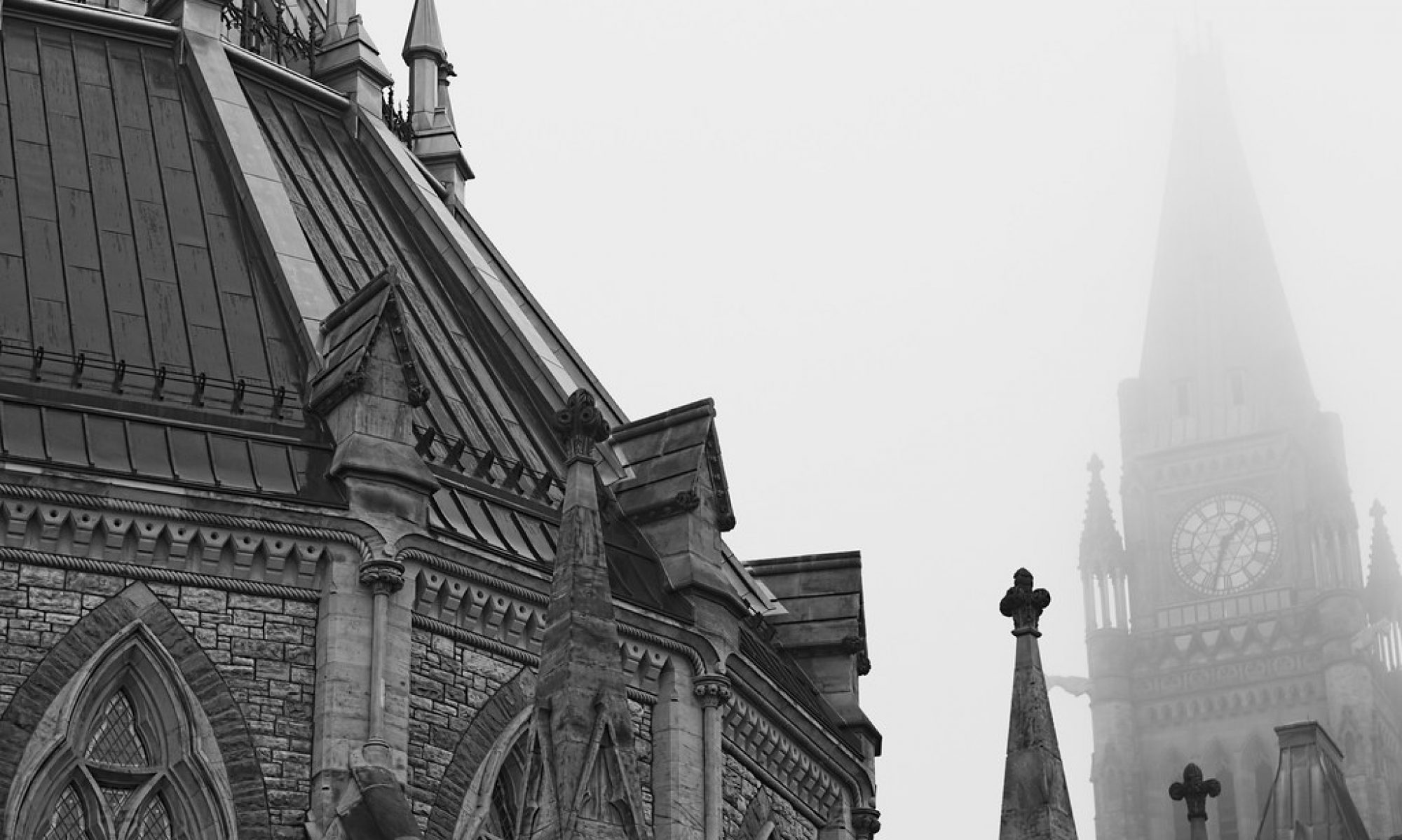
You might look at a scene and say that the buildings look terrific, the people look terrific, the sky is gorgeous, you point your camera and shoot. Then you look at the LCD and ask yourself what went wrong.
All cameras have a limited dynamic range. The human eye on the other hand has a terrific dynamic range. What this means is if you expose for the sky then the ground, buildings, trees and people might be underexposed. And if you expose for the people, the sky might be overexposed (i.e. white).
To overcome this a fairly new technique emerged called HDR, short for High Dynamic Range. How this works is via software, multiple exposures are combined so that the dark foreground and the bright background are combined into a final picture.
The easiest way to achieve an HDR image is to use the auto bracketing functionality of your DSLR camera, if it supports it. Set your camera to take 3 exposures, one at -2 exposure, one at +2 exposure, and one at normal exposure. Since the +2 exposure will typically be a longer exposure, and it would be unwise to try to do this handheld, it is best to use a tripod for HDR shooting.
Now that you have the exposures, you need to merge the 3 (or more) photos into a final photo.
Looking at the following three examples you can see what I was talking about earlier. When the sky and clouds are clearly seen, the statue is black. When the features of the statue are visible, the sky is overexposed and the clouds are much less visible. When the picture is underexposed, the details around the sun are more visible
 |
 |
 |
You can use Photoshop to do this. Personally I use Photomatix, which you can get from HDRsoft. Photomatix has plugins for Lightroom and Photoshop. You can try the demo; the only limitation is it watermarks your outputs.
The software isn’t automatic, you need to play with the settings to get the result you desire. Some HDR images look hyper-real, but you can get a realistic image from an HDR as well.
Here’s how I rendered the above images into an HDR.

Note how the features in the sky and on the statue are clearly defined, which was not the case in any of the previous three images.



I think it’s important to point out that the two exposure difference works BEST when working with you camera’s RAW files (since you get about a stop in either direction in exposure latitude) – and that the fiddly bit is really tone-mapping which will work fine on a single RAW image (to a degree).
Also – it’s tonnes of fun (but you should use a tripod or equivalent) since any amount of change in the frame will not be desirable.
Shooting in RAW is ideal for HDRs, especially if you want to try to generate an HDR from a single image. For full disclosure, the picture of the angel was actually one RAW image, with virtual copies made at different exposures before importing into Photomatix. (That’s a different Post altogether).
The image of the barn was a bracketed set of three images at -2/0/+2 exposure, on a tripod. Because it was windy, you might see some weirdness in the grass if you zoomed into the original HDR image, available at my Flickr page here: http://www.flickr.com/photos/focusonottawa/3759453264/
.